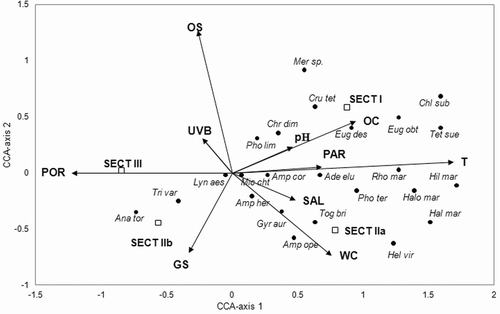Figures & data
Fig. 1. Location of the transect in the Solthörn tidal flat. A: overview map. B: transect location between dyke and tidal channel. C: characteristics of the sampled area (a) differences in altitude (narrow: lower level, broad: higher level); (b) differences in the sediment surface structure.
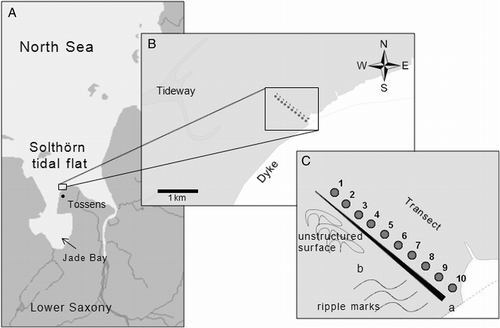
Fig. 2. Variations of in situ parameters from May 2008 to May 2009 in the Solthörn tidal flat. (A) temperature, (B) salinity, (C) pH, (D) oxygen saturation, (E) photosynthetically active radiation (PAR) and (F) UVB radiation. The mean values (±SD) are derived from the data for all stations.
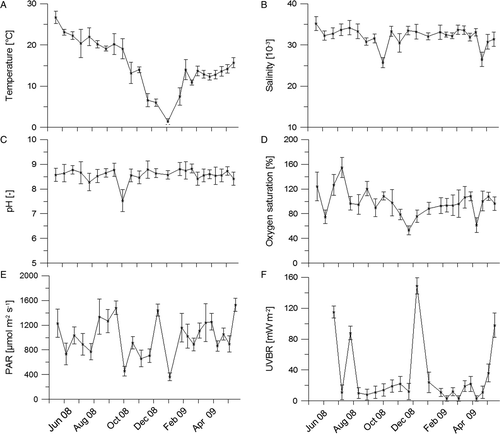
Fig. 3. Results of a cluster similarity analysis, showing the classification of individual stations into sections on the basis of the sediment features listed in . Abbreviations: Stat.: station, Sec.: section.
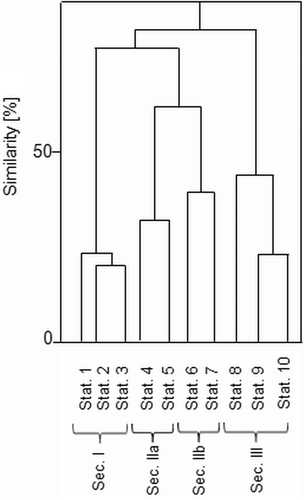
Table 1. Sediment characteristics (median grain size, Φ1, porosity, water and organic content) of the sampled stations of the transect in the Solthörn tidal flat. Mean values for the annual variation are given.
Fig. 4. Temporal (A) and spatial (B, C) variations of chlorophyll a and phaeophytin concentrations (mg m−2) from May 2008 to May 2009 in the Solthörn tidal flat. The y-axes in B and 4C are adapted to the relative pigment concentrations. Mean values (± SD), based on data for all stations, are given in (A).

Fig. 5. Seasonal variations of the MPB abundances (cells × 106 cm−2) in the Solthörn tidal flat, including means (± SD) of the individual stations. Displayed are the Heterokontophyta (Bacillariophyceae), Cyanophyta, Chlorophyta, Euglenophyta, Dinophyta and Cryptophyta.
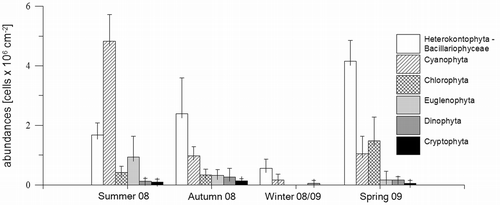
Table 2. Species list obtained by the sampling events from May 2008 to May 2009 in the Solthörn tidal flat, including their occurrence, relative abundance and life form.
Fig. 6. Temporal and spatial variation of relative MPB abundance in the four sections of the transect from May 2008 to May 2009. The y-axes in are different due to lower relative species abundances. (A) Heterokontophyta (Bacillariophyceae), (B) Cyanophyta, (C) Chlorophyta, (D) Euglenophyta, (E) Dinophyta and (F) Cryptophyta.
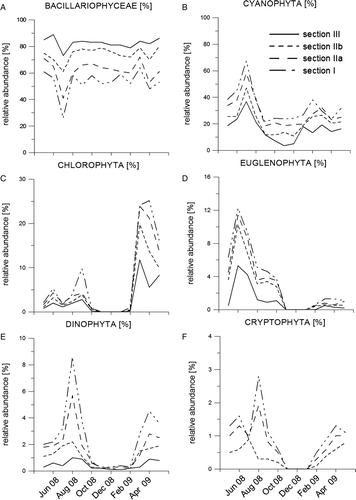
Fig. 7. Seasonal changes in section composition for the non-diatomic MPB components (15 classes and orders), based on the species compositions in . (A) section I, (B) section IIa, (C) section IIb and (D) section III.
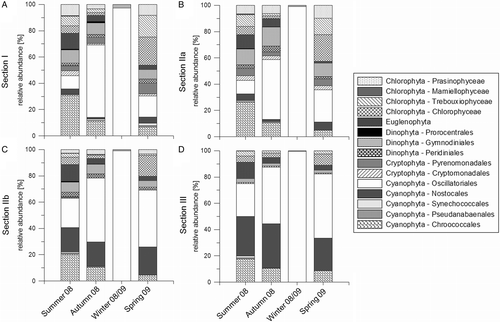
Table 3. Results of Spearman correlation analysis among mean species abundances (24 selected species), as well as chl a and phaeophytin concentrations, in relation to physico-chemical variables studied from May 2008 to May 2009. All correlation coefficients shown are significant (P < 0.05); n.s.: not significant (P > 0.05). Abbreviations: Chl a: chlorophyll a, GS: median grain size, OC: organic matter content, OS: oxygen saturation, PAR: photosynthetic active radiation, pH: alkalinity, Phaeo: phaeophytin, POR: sediment porosity, SAL: salinity, T: sediment surface temperature, UVB: UVB radiation, WC: water content. Numbers in squared brackets refer to the species in .
Fig. 8. CCA of nine environmental variables and 24 MPB species (all variables were multiplied by two). The amount of variation accounted for by axes 1 and 2 was 85% (axis 1: 51%, axis 2: 34%). The lengths of the arrows represent the relative importance of different variables in explaining MPB distributions, while the angles of the arrows relative to the axes and to other variables indicate the strength of their correlations. Abbreviations: GS: median grain size, OC: organic matter content, OS: oxygen saturation, PAR: photosynthetic active radiation, pH: pH, POR: porosity of sediment, SAL: salinity, SECT I, IIa, IIb and III: sections of the transect (defined by their median grain sizes), UVB: UV radiation, WC: water content. Species identification: Ade elu: Adenoides eludens, Ana tor: Anabaena torulosa, Amp cor: Amphidinium corpulentum, Amp her: A. herdmanii, Amp ope: A. operculatum, Chl sub: Chlorococcum submarinum, Chr dim: Chroococcus dimidiatus, Cru tet: Crucigenia tetrapedia, Eug des: Euglena deses, Eug obt: E. obtusa, Gyr aur: Gyrodinium aureolum, Hal mar: Halochloris marinum, Halo mar: Halochlorococcum marinum, Hel vir: Hemiselmis virescens, Hil mar: Hillea marina, Lyng aes: Lyngbya aestuarii, Mer sp.: Merismopedia sp., Mic cht: Microcoleus chthonoplastes, Pho lim: Phormidium limosum, Pho ter: P. terebriforme, Rho mar: Rhodomonas marina, Tet sue: Tetraselmis suecica, Tog bri: Togula britannica, Tri var: Trichormus variabilis.
